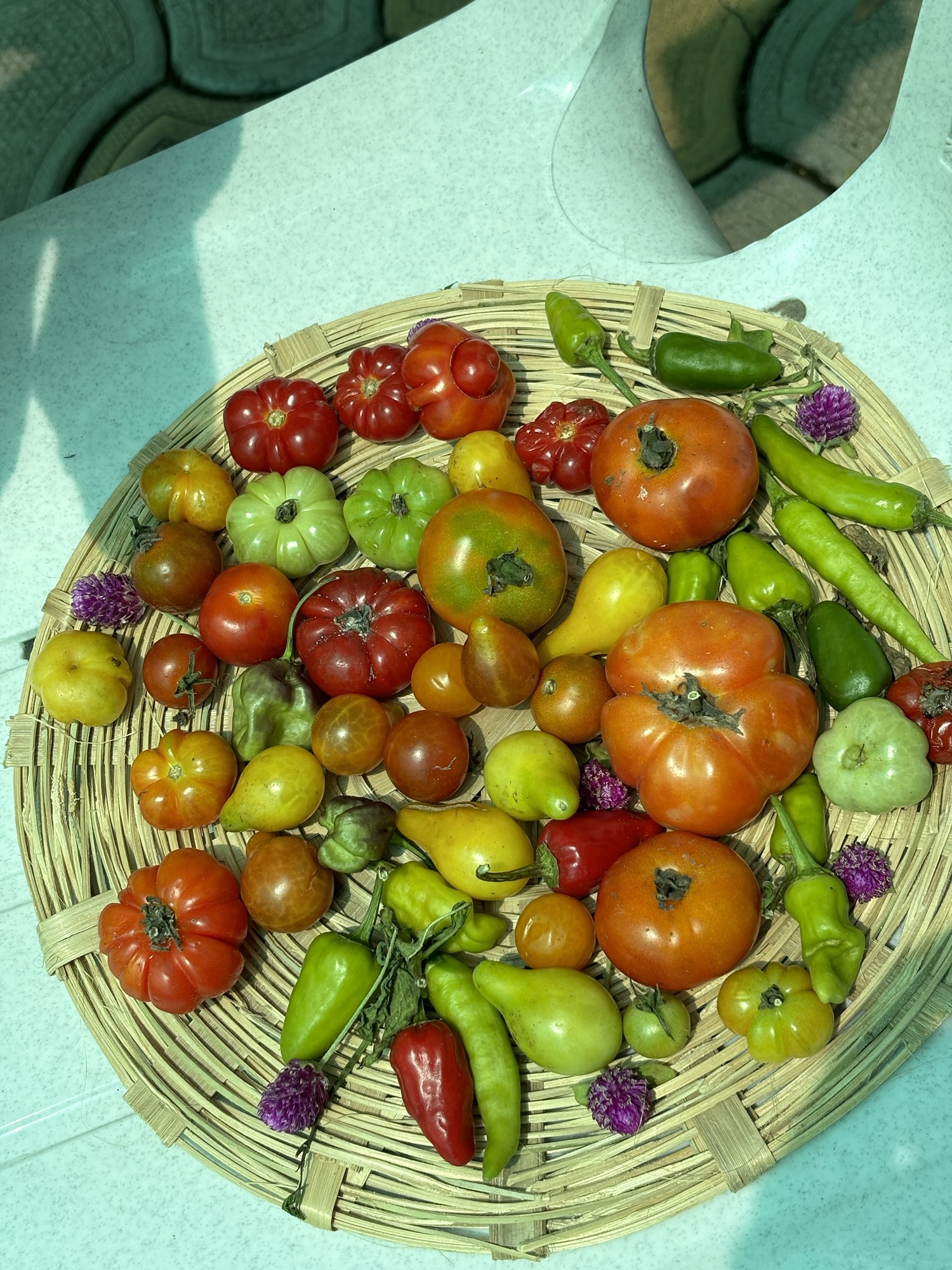India, the world’s largest producer and exporter of rice, is making a significant change in its agricultural policy. With rice stocks at record highs, the government has decided to allocate 5.2 million metric tons of rice for ethanol production. This step aims to manage surplus rice stocks while supporting the country’s ethanol blending program. The decision comes as India faces challenges with sugarcane supplies, which are typically used for ethanol production.
The conversion of rice into ethanol is seen as a win-win situation. It helps reduce the excess rice stocks, which have been building up due to favorable monsoon seasons. Earlier, India faced shortages that led to export bans to ensure food security. However, the current situation is different. A government official, who wished to remain unnamed, stated, “Our top priority is making sure we have enough food. But since we have way more rice than we actually need, we’ve decided to use some for ethanol production.”
This strategic shift is not just about using surplus rice. It is also about achieving India’s ambitious goal of blending 20% ethanol with petrol by 2025-26. Currently, the blending rate is nearing 19.8%, largely due to the new rice allocation. This is a significant step for India, which imports a large amount of oil. By increasing ethanol production, the country aims to reduce its dependence on oil imports, which cost around $120 billion annually.
The Food Corporation of India (FCI) plays a crucial role in this initiative. It is responsible for purchasing and storing rice. Currently, FCI’s rice stocks exceed 61 million tons, far above the government’s target of 13.5 million tons. The large surplus not only incurs storage costs but also risks spoilage. Redirecting rice to ethanol production addresses these issues effectively.
The ethanol produced from this rice allocation could reach approximately 2.45 billion liters. This presents a significant market opportunity for biofuel producers and feedstock suppliers. Companies involved in ethanol production are likely to benefit from this shift. They can diversify their feedstocks and establish government-mandated offtake agreements.
The state of Chhattisgarh, traditionally not a major player in ethanol production, is now becoming vital. The state is developing its first ethanol plant, which will produce 14 million liters annually by 2026. This highlights the growing interest and investment in the ethanol sector across India.
While this move has many advantages, some critics raise concerns about food security. They argue that diverting food grains to ethanol could threaten food supply. However, the government is also exploring second-generation biofuels, which use agricultural waste, as a long-term solution. Companies focused on this technology, like Khaitan Bio Energy, may emerge as leaders in the future.
Investors are keenly watching this sector. The shift to using rice for ethanol production is a catalyst for growth in India’s biofuel industry. By focusing on sustainability and energy independence, the government is setting the stage for a cleaner energy future. Investors are advised to monitor the production capacity and subsidy allocation trends as the government supports this transition.
Overall, India’s decision to convert surplus rice into ethanol is a strategic move that benefits both the agricultural sector and the energy goals of the country. The potential for growth in this sector is strong, making it an exciting time for investors and stakeholders in the agricultural and energy industries.




